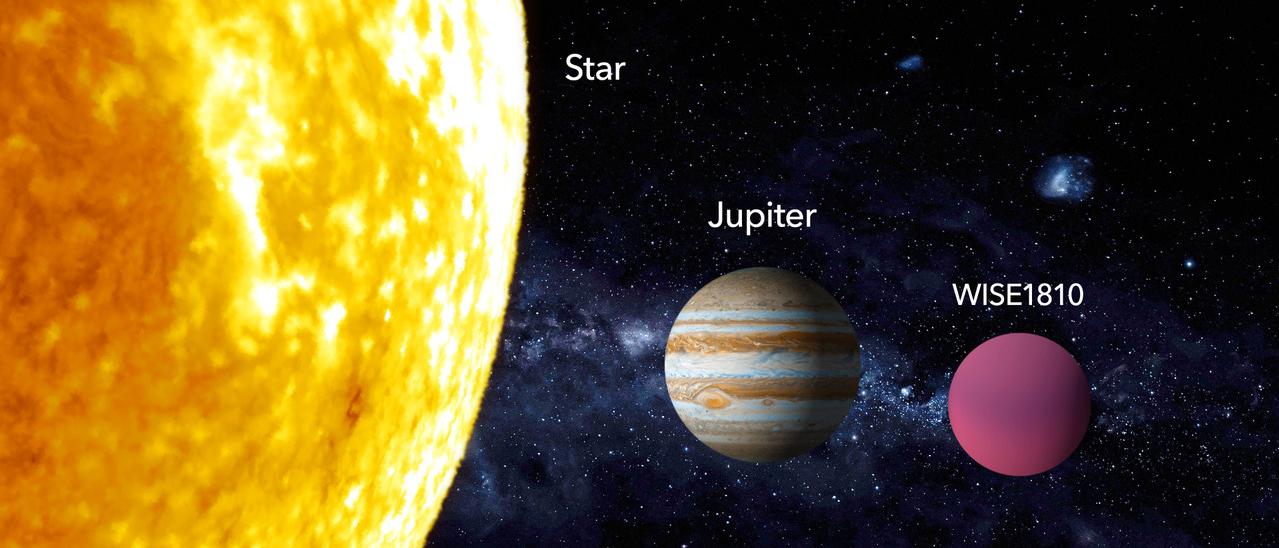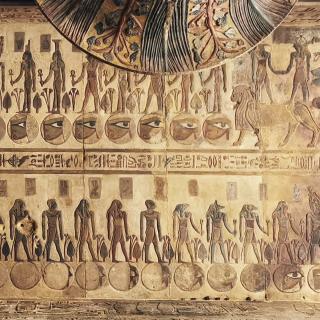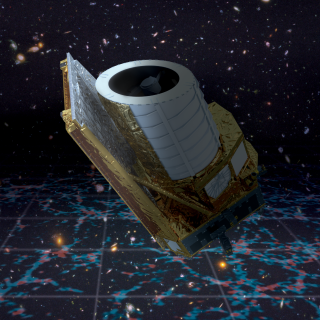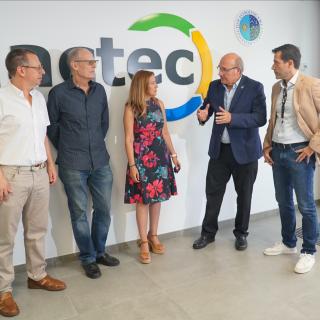
Our goal is to study the processes that lead to the formation of low mass stars, brown dwarfs and planets and to characterize the physical properties of these objects in various evolutionary stages. Low mass stars and brown dwarfs are likely the most numerous type of objects in our Galaxy but due to their low intrinsic luminosity they are not so
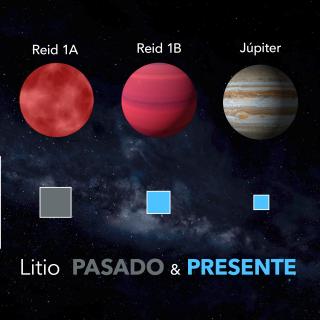
A team of researchers at the Instituto de Astrofísica de Canarias (IAC) and the Instituto Nacional de Astrofísica, Óptica y Electrónica (INAOE), Mexico, has discovered lithium in the oldest and coldest brown dwarf where the presence of this valuable element has been confirmed so far. This substellar object, called Reid 1B, preserves intact the earliest known lithium deposit in our cosmic neighbourhood, dating back to a time before the formation of the binary system to which it belongs. The discovery was made using the OSIRIS spectrograph on the Gran Telescopio Canarias (GTC), at the Roque de
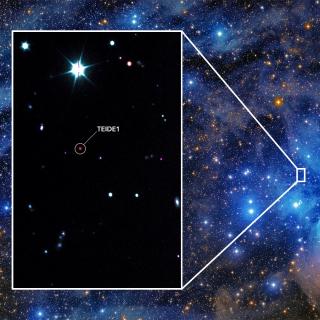
It is 25 years, now, since the astrophysicists Rafael Rebolo, María Rosa Zapatero-Osorio and Eduardo Marín announced the discovery of the first confirmed brown dwarf, Teide 1. It is in the Pleiades star cluster, and it is named after the Teide Observatory, from where it was observed for the first time with the Spanish IAC-80 telescope. It is one of the scientific landmarks with the greatest international impact obtained by the Instituto de Astrofísica de Canarias.
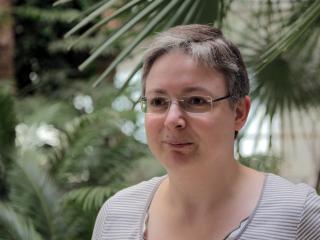
By IVÁN JIMÉNEZ Twenty years ago an exceptional discovery blurred forever the boundary between what we call stars and what we call planets. A star is characterized by producing nuclear reactions in its interior. However in 1995 a group of researchers of the Instituto de Astrofísica de Canarias (IAC), among them Maria Rosa Zapatero Osorio (now at the Centre for Astrobiology (CAB-CSIC-INTA) discovered an object which appeared to be a star, but without sufficient mass to produce significant nuclear reactions. Although it was given the name Teide-1, the scientists had in fact found a type of
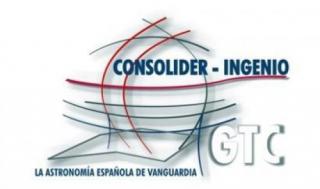
Algunas observaciones se llevaron a cabo bajo condiciones meteorológicas no óptimas, obteniendo pese a ello datos de gran calidad
